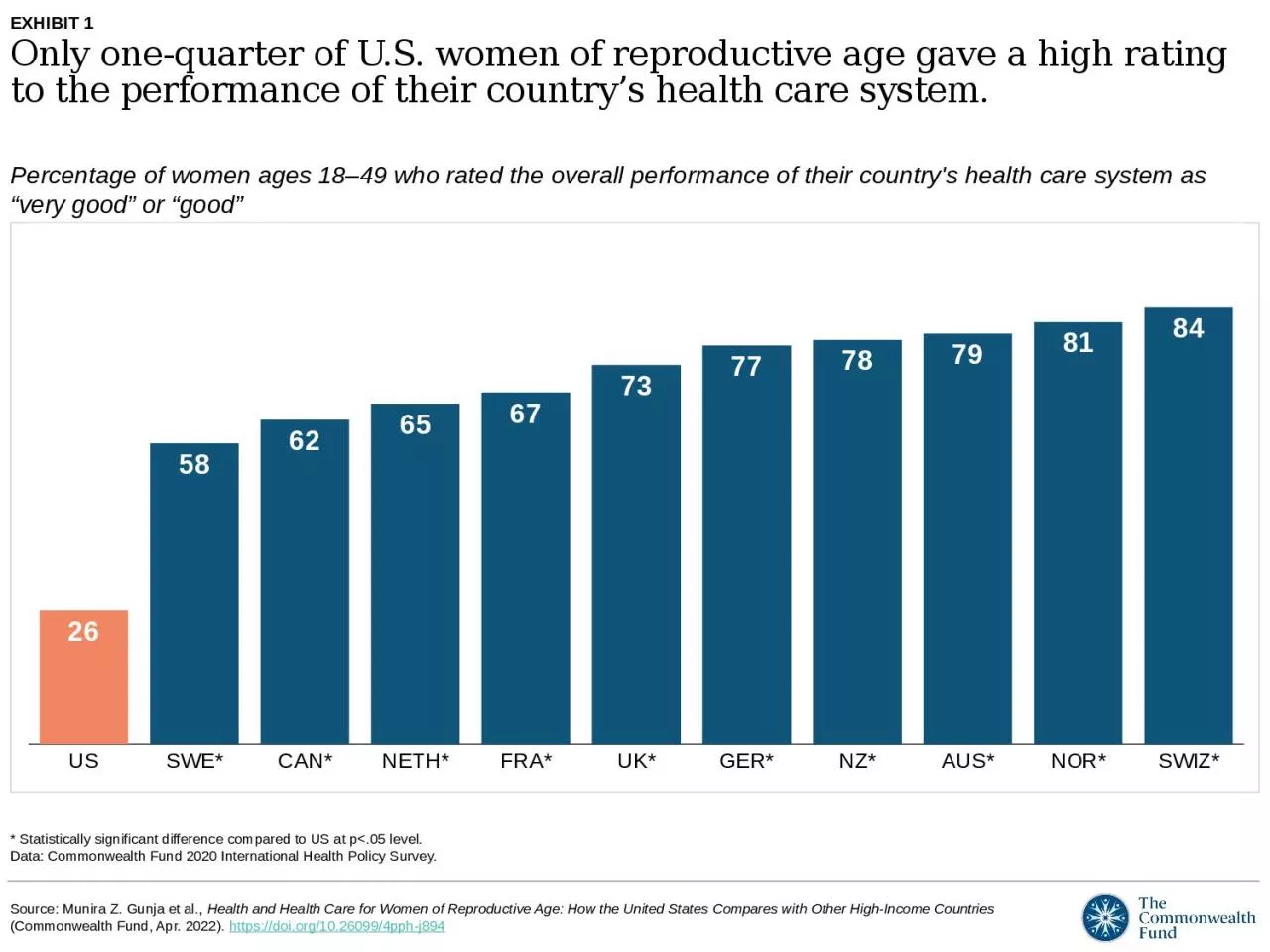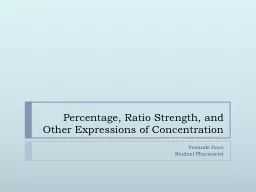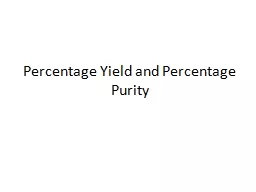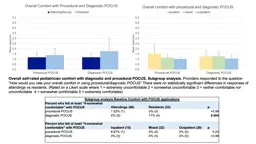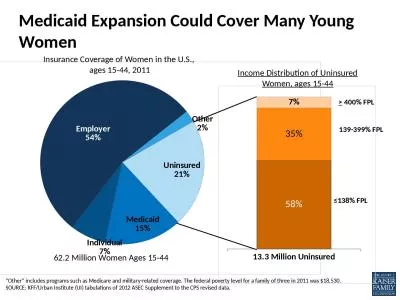PPT-Percentage of women ages 18–49 who rated the overall performance of their country's
Author : Soulreaver | Published Date : 2022-08-03
very good or good Statistically significant difference compared to US at plt05 level Data Commonwealth Fund 2020 International Health Policy Survey EXHIBIT 1 Only
Presentation Embed Code
Download Presentation
Download Presentation The PPT/PDF document "Percentage of women ages 18–49 who rat..." is the property of its rightful owner. Permission is granted to download and print the materials on this website for personal, non-commercial use only, and to display it on your personal computer provided you do not modify the materials and that you retain all copyright notices contained in the materials. By downloading content from our website, you accept the terms of this agreement.
Percentage of women ages 18–49 who rated the overall performance of their country's: Transcript
Download Rules Of Document
"Percentage of women ages 18–49 who rated the overall performance of their country's"The content belongs to its owner. You may download and print it for personal use, without modification, and keep all copyright notices. By downloading, you agree to these terms.
Related Documents

